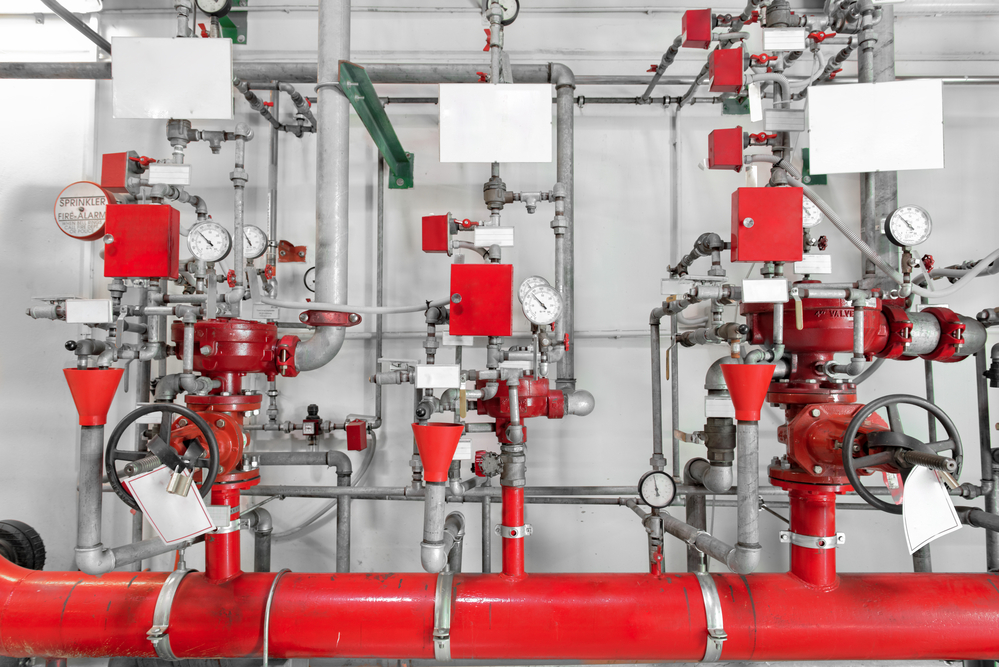New course of study for engineering methods in fire protection
The first ETH course of study MAS "Fire Safety Engineering" is to start as early as this fall. It will teach the relevant fundamentals of engineering methods in fire protection. Andrea Frangi, lecturer and program manager at the Institute of Structural Analysis and Design at ETH Zurich.

Training as a fire protection specialist or expert exists in Switzerland. But these educational offers do not cover engineering fire protection in all parts. For this reason, the professional association founded in November 2018 has SFPE Switzerland together with the ETH Zurich to offer an MAS course of study in the field of "Fire Safety Engineering" (MAS ETH FSE) to be launched.
Why is such a course of study needed at all? At the time, David Grossmann, President of SFPE Switzerland, said that an increasing number of unconventional construction projects were being realized, some of which deviated from the standard (cf. SafetyForum 6/2018). In such cases, engineering-based fire protection increasingly comes into play. In other words, the corresponding skills are in demand. A new course of study, supported by the professional associations, aims to impart these skills.
What specifically will be the content of the new MAS program that ETH will be offering starting in the fall semester?
Andrea Frangi, Professor at the Institute of Structural Analysis and Design, ETH Zurich: The aim of the new MAS "Fire Safety Engineering" is to provide a holistic, scientifically based understanding of the relevant fundamentals of fire safety engineering. With this program, we train fire safety engineers who can holistically assess and analyze specific fire hazards. Based on this, they can define object-specific protection target requirements and design and dimension the optimal risk-based or performance-oriented fire protection solutions using engineering methods.
The core topics of the five planned modules are the physical and chemical fundamentals for the fire load case, the fundamentals for risk-based verification in fire protection and organizational (e.g. evacuation), structural (e.g. hot design) and technical fire protection.
What are the requirements for participants to be able to take part?
Frangi: The target audience is engineers and scientists with a master's degree from ETH or another university who want to further their education in fire protection engineering.
Can someone who "only" has practical experience in fire protection, but does not have a university degree, also take up the advanced training?
Frangi: Yes, highly qualified lateral entrants, for example with a degree from a university of applied sciences, who have proven professional experience and additional qualifications in technical and scientific aspects, also have a chance.
Will you use continuing education to influence the 2026 fire safety regulations?
Frangi: The further expansion of the application of engineering methods in fire protection is a central topic in the ongoing complete revision of fire protection regulations. This will allow fire protection concepts and solutions to be even better matched and optimized to buildings, uses, fire risks and protection goals. However, trained fire protection engineers are a prerequisite for this on the market!
How many participants do you need to hold the first MAS "Fire Safety Engineering"?
Frangi: We will start the first MAS "Fire Safety Engineering" with ten or more participants, but ideally 15 would be ideal. At the moment, the target has not yet been reached, but due to the great relevance of continuing education, also with regard to the fire safety regulations 2026, we are optimistic.









